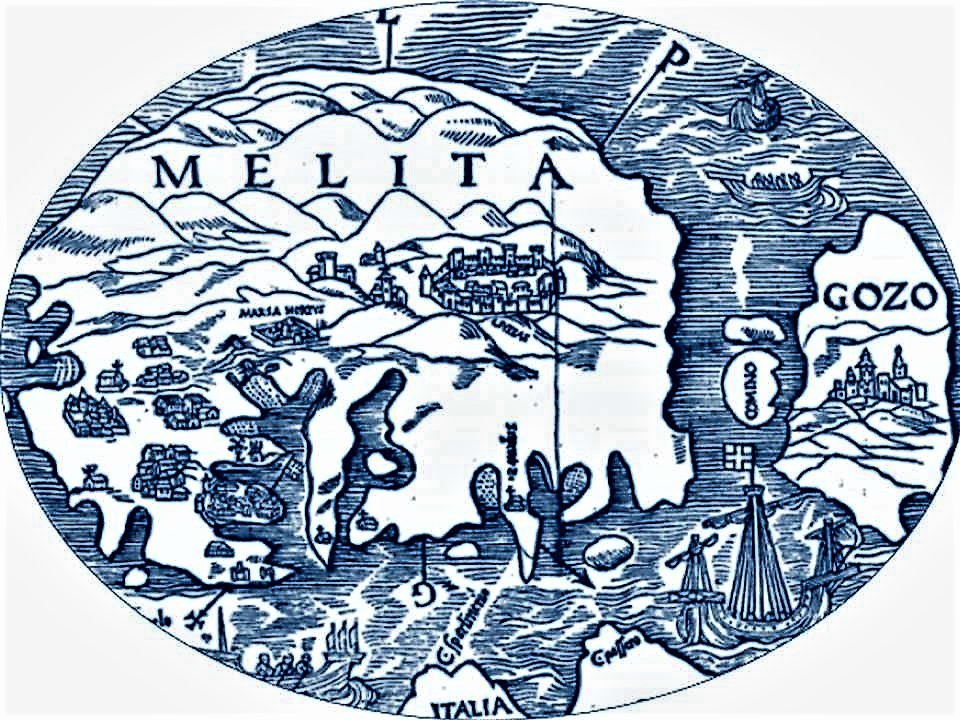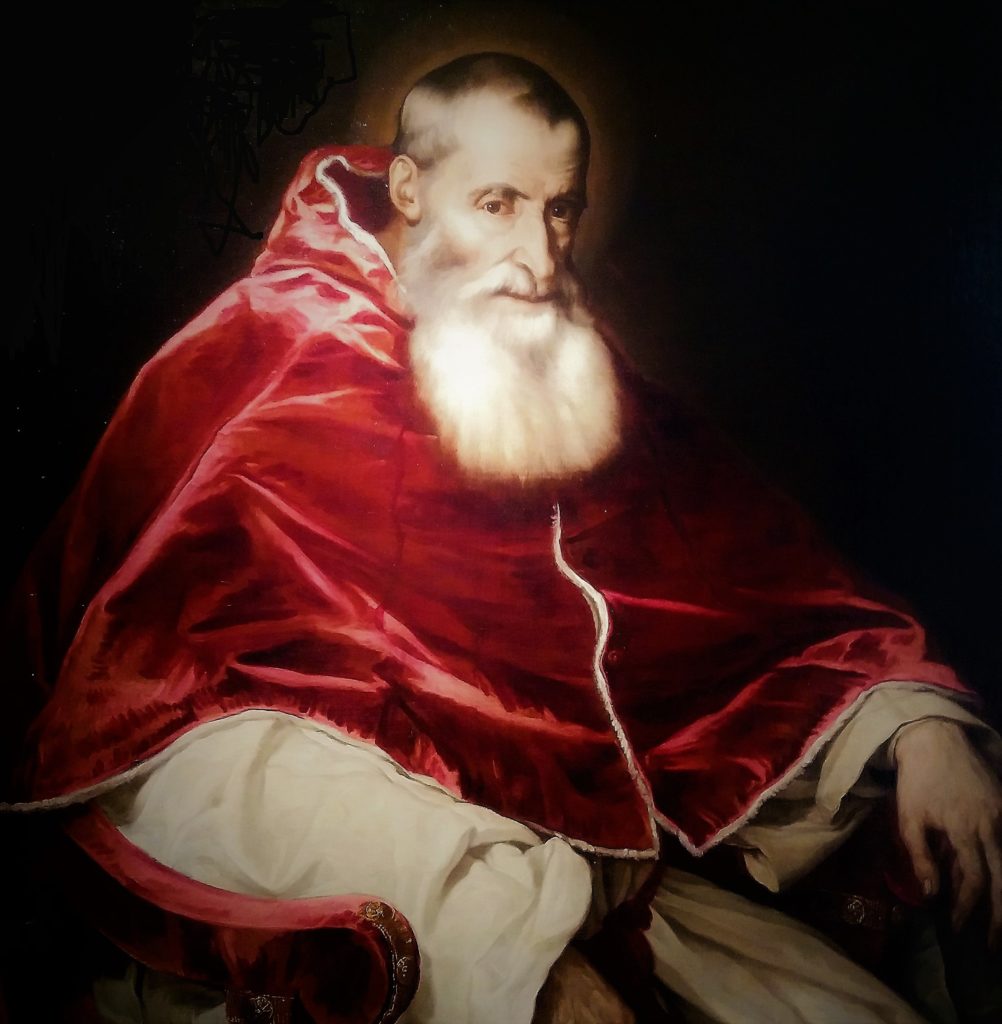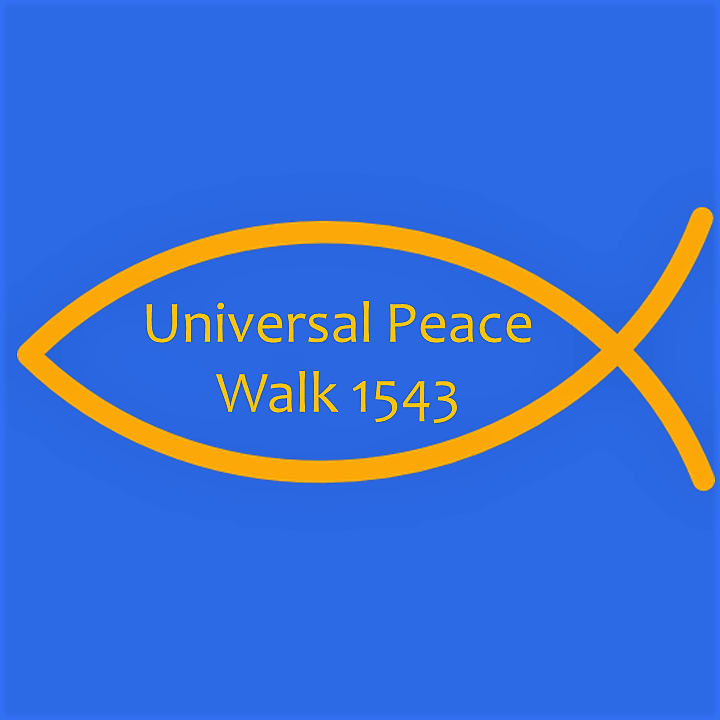Introduction

XirCammini is researching the Universal Peace Walk with the aim of recreating the original trail from original documents. Although the Universal Peace Walk was instituted by Bishop Domenico Cubelles in 1543, it was more of a socio-political peace walk than an ecumenical pilgrimage. Its aim was ‘Pro pace universali’. The word ‘ecumenical’ is derived from ancient Greek ‘oikoumenikos’ meaning ‘the whole inhabited world’ and is therefore universal in meaning. The Universal Peace Walk was similarly instituted in 1543 with the intention of universal peace in Europe, i.e. the old world. It was instituted after the failure of the council of Mantua in 1536 and in preparation of a new council in Trent in 1545.
Universal Peace Walk 1543AD® is registered as a trade name belonging to XirCammini and protected by law (Ref: 59214). XirCammini is a NGO registered in Malta, focusing on developing, sharing and walking ancient heritage trails as a common European heritage.
Although the traditional 1543 route was from Mdina to Zejtun, it changed over the years as more parishes were established. For example, by the mid-17th century it was more of a ‘palm and fronds’ design with pilgrimages meeting in Paola (Casal Nuovo) to walk through one of the then newer parishes (Tarxien, 1592) towards Zejtun. Because the walk ended at the old church of St. Catherine (known locally more as St. Gregory’s), the pilgrimage became known colloquially as “il-pellegrinagg ta’ San Girgor”. The pilgrimage ended there because the church and its lands were the property of the Cathedral of Mdina. The Cathedral’s Cantor (Monsijur tal-Virga) was their beneficiary and led the ceremonies at the end of the walk.
At the turn of the 20th century the pilgrimage was shortened and In time it diminished in importance, Nowadays what remains is a demure version devoid of its original, noble and universal purpose.
XirCammini is putting significant time and effort into this project stretching over almost 50 km. We will be rolling out variations on the routes of the original walk to incorporate all the original parishes from the 1436 Rollo de Mello that remained after Dusina’s visit. Route and locality information and physical or virtual pilgrim passports will also be provided. For those who walk back in time covering the whole Universal Peace Walk, Pilgrim Certificates will also be awarded.
The walk will be officially inaugurated afresh in 2020 coinciding with the original feast date of St. Gregory the Great.
Socio-politics in the late Middle Ages

Why was the walk of socio-political importance in mediaeval Europe?
The Middle Ages is a period that broadly lasted from the 5th to the 15th century AD and saw the creation of a new world order after the collapse of Roman Empire in the 5th century AD, the establishment of the Holy Roman Empire in the 9th century, the schism with the Eastern churches at the turn of the 1st millennium, the Roman Christian retreat from the Holy Lands following the Crusades in the 13th century and the concentrated effort on the Spanish Reconquista from the 8th to the 15th century, followed by wars on Europe’s eastern and Mediterranean fronts to stem the Turkish westward expansion.
The rise of the Holy Roman Empire (Sacrum Imperium Romanum) with, initially, a Roman Catholic Emperor, at its height, commanded 27 million inhabitants across several European countries. Its footprint was largely similar in size to the current European Union. All the Kingdoms, Princedoms, Dukedoms and Bishopric States swore allegiance to the Holy Roman Emperor.
It was a political power-house. It was secular; distinct from the Papal States with its seat of government elsewhere in Europe.
The Christian reformation during the 15th and 16th century pitted one nation against the other, threatening to fragment the fragile peace that existed across a united Europe.
Christian reform emanated from the need to reform a church (and its teaching). But the result of such reforms across Bohemia, the Germanic states, France and England was war between nations from the mid-15th century to the mid- 17th century.
Pope Paul III sought to spare Europe from the ravages of war and called a general council in Mantua in 1536 in an effort to reconcile the forces of tradition and reform. Sadly this did not come to pass and each persisted in their division bringing about wars across Europe that last about 150 years.
Germany lost almost 1/3 of its inhabitants as a result of the 30 Years’ War which ended in 1648. But a rose grew from the thorns of war as Europeans – realizing the ruin they had brought upon themselves – recognized all Christian traditions as their common heritage and the Holy Roman Empire embraced all as official religions within the union, heralding again a period of relative peace in central Europe.
Pope Paul III and the Ecumenical Councils

Paul III came from the influential Farnese in Lazio, son of Pier Luigi Farnese, Signore di Montalto, and Giovanna, also hailing from another distinguished family, the Caetani. He served as pope between 1534 and 1549.
A number of radical changes within the church at the time are attributable to Pope Paul III. These include
- commissioning of ‘Consilium de emendenda’ (1536) aimed at exposing rife abuse within Catholic Church administration and advocating widespread reform;
- signing of papal bulls establishing the Society of Jesus (Jesuits) in 1540;
- holding the Ecumenical Council of Trent (1545 to 1563) which was overseen and concluded by his 2 successors.
The council of Trent was the 19th Ecumenical Council and the fourth attempting to re-unite Christian Schisms. The 2nd council of Lyon (1274) attempted to re-unite the Eastern churches with the Catholic Church. The Councils of Basel, Ferrara and Florence (1431–1445) addressed church reform and briefly succeeded in re-uniting the Roman Catholic Church and the Eastern churches. The 5th Lateran Council (1512–1517) continued to attempt reform in the face of looming Protestantism. The burning at the stake of Jan Hus, the Czech theologian and reformer in 1415 had already sparked the Hussite Reformation Wars in Bohemia (Czech Republic) between 1419 and 1434 and, again 1468 and 1478. John Wycliffe’s reformist teaching in England and his post-humus excommunication in 1415 served as a pre-cursor to Tyndale’s reform; which in turn culminated in Henry VIII’s 1534 Act of Supremacy. Calvin’s reform in France and Switzerland in the mid-1550s coincided with the Council of Trent (1545 – 1563) and continuing wars between the Holy Roman Empire, Catholic forces and Protestant armies across central Europe.
Although Pope Paul III sought to earnestly address reform – even more so because their failure would eventually result in wars sweeping across Europe – His background and personal life did not add credence in the eyes of Reformists and Protestants. This was perhaps the single major obstacle stopping his ecumenical efforts to reform the church and re-unite Christians across Europe.
It was largely believed that he rose to Papacy because of his connections. He was the brother of the mistress (Giulia Farnese) of the notorious Pope Alexander VI (Papa Borgia). He was often referred to as the “Borgia brother-in-law”. After graduating from Pisa he worked in the Court of the Medici while rising through the church ranks.
He was appointed Cardinal by Pope Alexander VI at a relatively young age. In his younger days he also had a mistress and fathered 5 children. With Paul III as pope, the Farnese family continued to prosper.
Pope Paul III even elevated his sons to dukes and ordained his grandchildren as cardinals prompting the Emperor to intervene in order to cull the abuse of power at a time when Europe was in the throes of war emanating largely from Protestantism in the face of the Curia’s impunity.
The Universal Peace Walk 1543AD Project

In early 2020 XirCammini will be rolling out 3 versions of the walk all supported by a pilgrim passport, information on the various localities and points of interest as well as a Pilgrim Certificate.
One walk will be a group event on or close to the original anniversary date of this historic event with the objective of raising funds for a social / charitable cause. The other two will be aimed at individuals or groups aiming to walk the trail either as a linear walk over 1 or 2 days or as a series of ‘loop’ walks covering the trail over 4 stages.
Follow this space for periodic information on the project as it develops. Walks related to the project – even during its development – will be posted in the Events Calendar.
3 comments
Comments are closed.